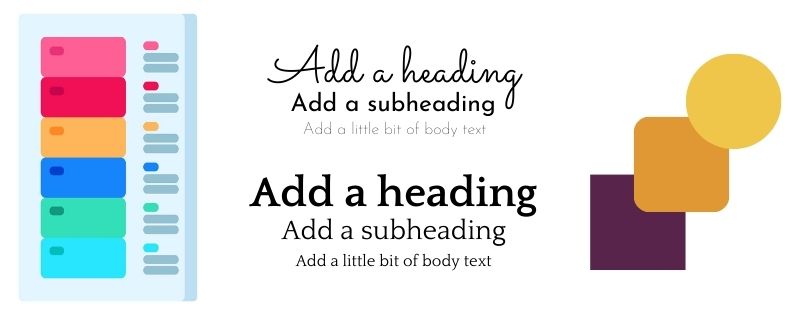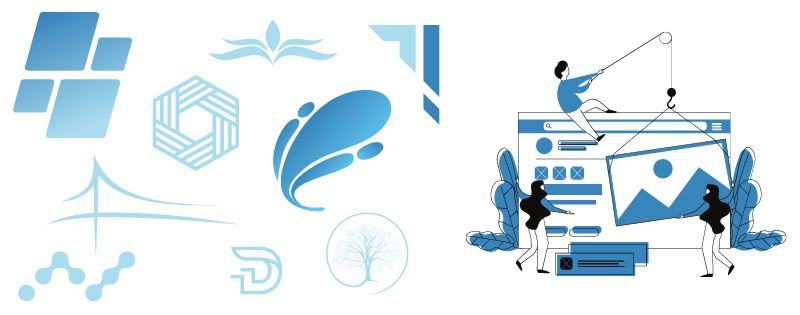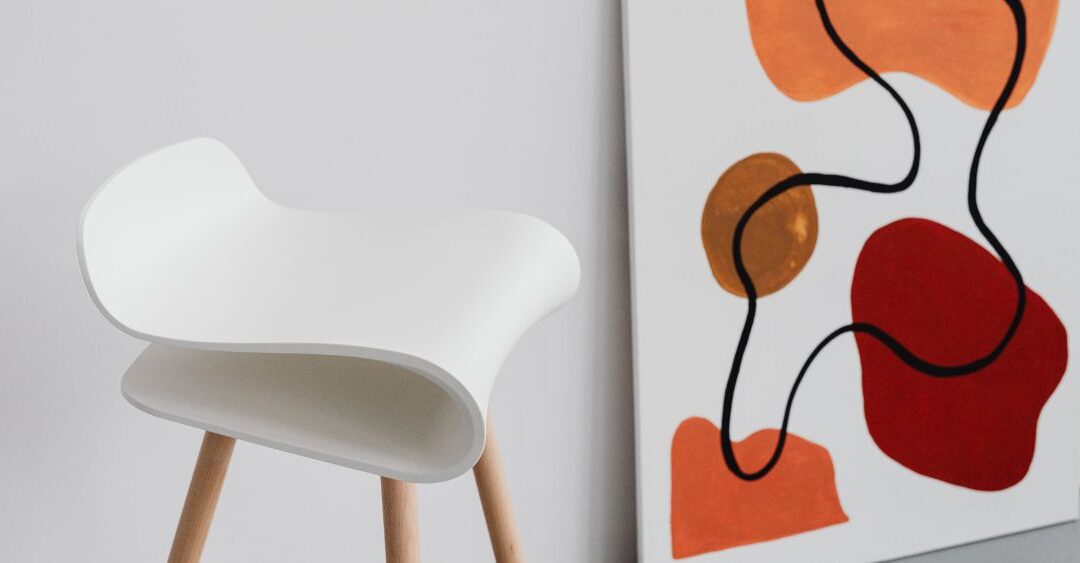You know more than you might think about your own business, but you know when something is outside your expertise. Design might just be that thing. Or, you don’t have the time. In any case, creating or re-designing your company’s brand assets may very well be outside your comfort zone. Plus, there is a lot at stake. Your ads, logo, and website are likely the first impressions to prospective customers. These assets serve as an introduction to your brand’s vision and personality. So, not only do you want expert help, you need guidance in making the best decisions for your messaging, design, and user experience.
We are going to give you a head start to answering the simple yet weighty question your designer is asking:
“What examples or design elements would you like me to use as inspiration?”
In order to answer this, we need to take a step back and address this critical fact:
Your preferences are not always your audience’s preferences.
If you’re a twenty-something working in the senior housing industry, chances are the adult children of your residents aren’t looking up to TikTok influencers for input on where mom should retire. They might be on TikTok, but a 90 year old woman dancing with her fellow residents at a senior living facility would catch their attention better than someone modeling ironically trendy crocs.
The same thing goes for websites. If you absolutely love the color orange, but you work in the finance industry, that color could actually signify more volatility than trust. To keep from getting caught up in your own opinions versus what’s best for your business and audience, ask yourself this question regarding each element: Is this my preference or is this what my ideal customer would respond to best?
Okay, now that we have that out of the way, what are some easy ways to gather inspiration that really helps your designer?
Design Inspiration Factors
Colors & Fonts
If you’re working on a new website and already have a solid logo with a branding guide, just stick with it for consistency. Don’t have one? Ask your graphic designer to create one for you based on your current logo. If you’re rebranding, look at what others in your industry are using to appeal to your same audience. Many service-based businesses use blue to signify trust, luxury brands use black and gold to insinuate wealth, playful products stand out using bright colors and whimsical fonts, and environmentally-conscious brands incorporate earthy tones like green and brown.
Paired with color, typography sets the tone. Are you using bold, CAPITALS, light or handwritten fonts, or do you use something more accessible or traditional? I love surfing Pinterest to find font pairings to put next to my color schemes when starting a new project. Don’t get carried away, though! Your audience needs to be able to read your text clearly or they’ll move on.

Layout & Shape
The second visual element to consider is the overall layout of your website or shape of your logo. This is what guides the user’s eye through the design and makes it easier for them to grasp your core identity as well as find the information they need. Look for visual cues (such as size and color variation) to clarify the order of importance of the elements. Shape such as squared versus rounded corners can also communicate a lot about the stability or approachability of your organization.
Quick Note: Think about the versatility and scalability of your logo. Your logo may appear in a variety of places on different materials, from t-shirts to business cards. It’s important to make sure your logo can be shrunk down and still maintain its visibility, as well as expanded and retain its integrity. Having intricate and delicate details may be appealing, but will those features be lost when embroidered or scaled? What about screen printing? Is it possible to create a single color version for cost savings?

Gathering Design Inspiration
Here is a cheat sheet of places to look and ways to find elements and ideas to give to your designer.
- Pinterest: Look up “font pairings” “color schemes” or “website inspiration” and start pinning!
- Google: Simply search “insurance logos” or “whimsical websites” to see how different organizations appeal to your same audience.
- Photos / Screenshots: As you go about your day, snap things that stand out to you as amazing or horrible. This could be a billboard you drive past or a website that catches your eye.
- Save Posts: If you’re already scrolling on social media, you can easily save a post or reel or ad that comes up.
- Your Designer’s Portfolio: Most designers will have some featured work online. Go through their examples to see what draws your eye most.
Want more tips like this?
We send out one email every week or two with content fresh off the press from our network of expert marketers.

